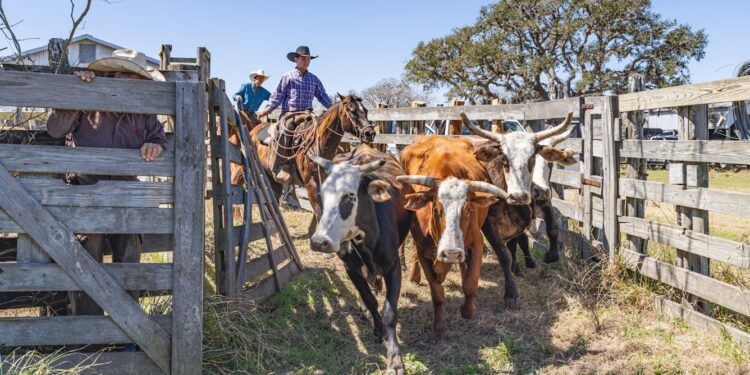Login to Continue Learning
Previously eradicated from these regions between the 1960s and 1990s, the New World screwworm has re-emerged in several Central American countries since 2022. The fly’s spread is attributed to various factors including cattle movements, higher temperatures, and possible changes in female mating behavior.
Scientists estimate that around 17 million cattle are at risk in Central America. In Mexico, where the fly has reached, approximately twice as many cattle are exposed, with potential impacts extending northward into the United States. The spread of this parasite to humans is also concerning, with at least eight cases reported in Mexico since April.
In response, the U.S. has temporarily banned live animal imports from Mexico and is working with Central American countries and Mexico to monitor and control the fly’s spread. Efforts include increasing sterile insect releases using irradiation to sterilize male flies. The USDA is investing $21 million to establish a fruit fly production facility in Metapa, Mexico, capable of producing up to 60 to 100 million sterile screwworms per week.
Despite these measures, the eradication process is lengthy and complex. Success will require continued surveillance, integration with anti-parasitic veterinary medicines, and adaptation to changing climatic conditions. The return of this invasive fly highlights the ongoing challenges in managing such biological threats to agriculture and public health.



















